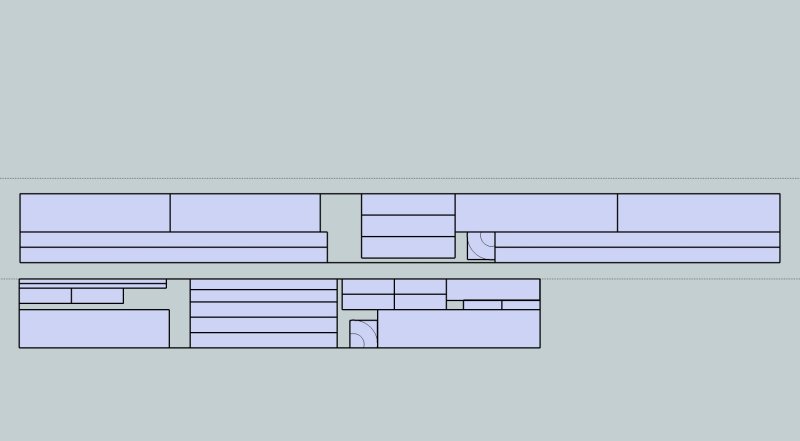rkchapman
Established Member
I have layed out all the pieces of my bookcase to fit on the two sawn planks of 9x1 Sapele that I bought for the project, and realized that I've never actually converted sawn timber before, and I'm not sure the best way to proceed...
Here's the cutlist:

Is it best to
a) flatten the boards at full size, then cut them up
b) Cut into shorter lengths (where the cutting diagram permits), flatten those, then cut up
c) Cut into final size, then flatten
I don't have a planer though I do have a thicknesser and a drum sander. The thicknesser is prone to snip at the ends though. If the job is impossible without a planer, I could be persuaded to buy one. But even if I do it probably won't have 9 inch capacity...
Here's the cutlist:

Is it best to
a) flatten the boards at full size, then cut them up
b) Cut into shorter lengths (where the cutting diagram permits), flatten those, then cut up
c) Cut into final size, then flatten
I don't have a planer though I do have a thicknesser and a drum sander. The thicknesser is prone to snip at the ends though. If the job is impossible without a planer, I could be persuaded to buy one. But even if I do it probably won't have 9 inch capacity...




